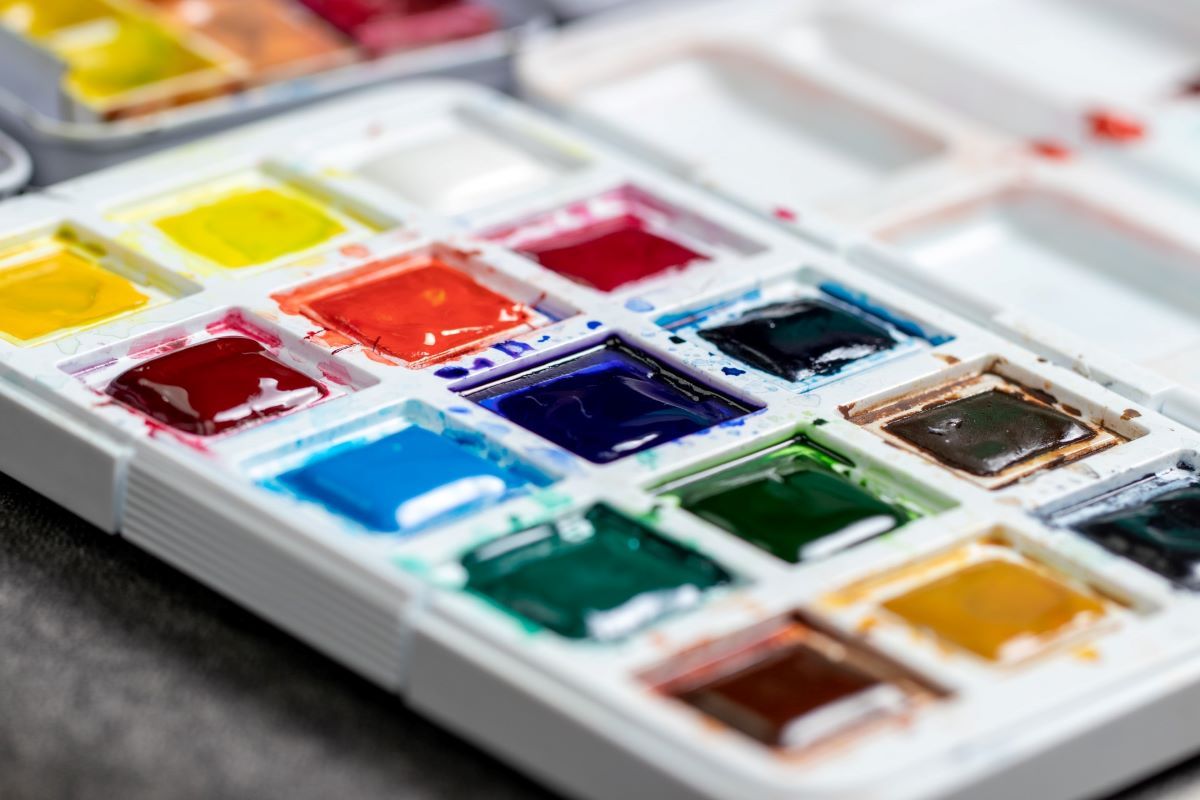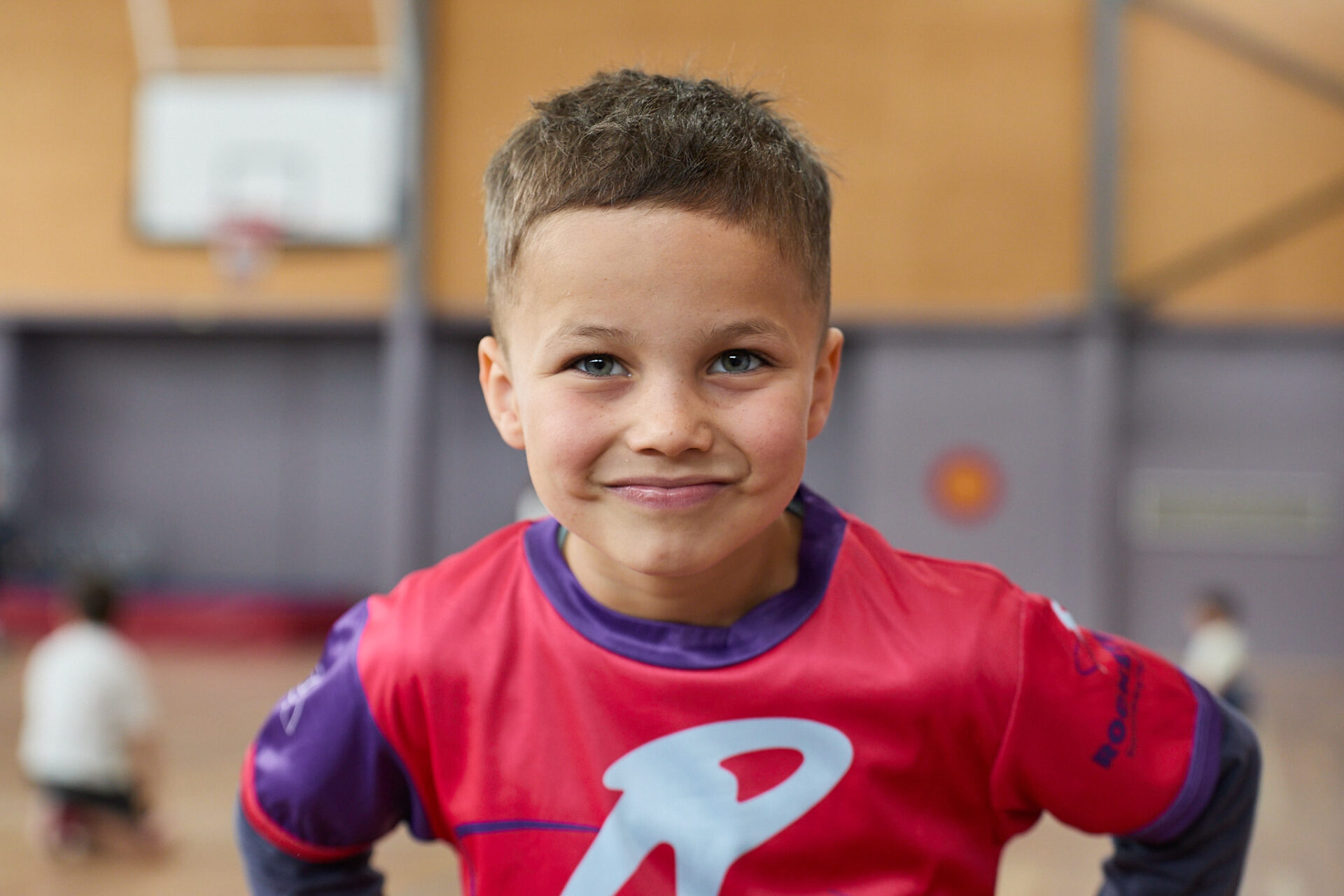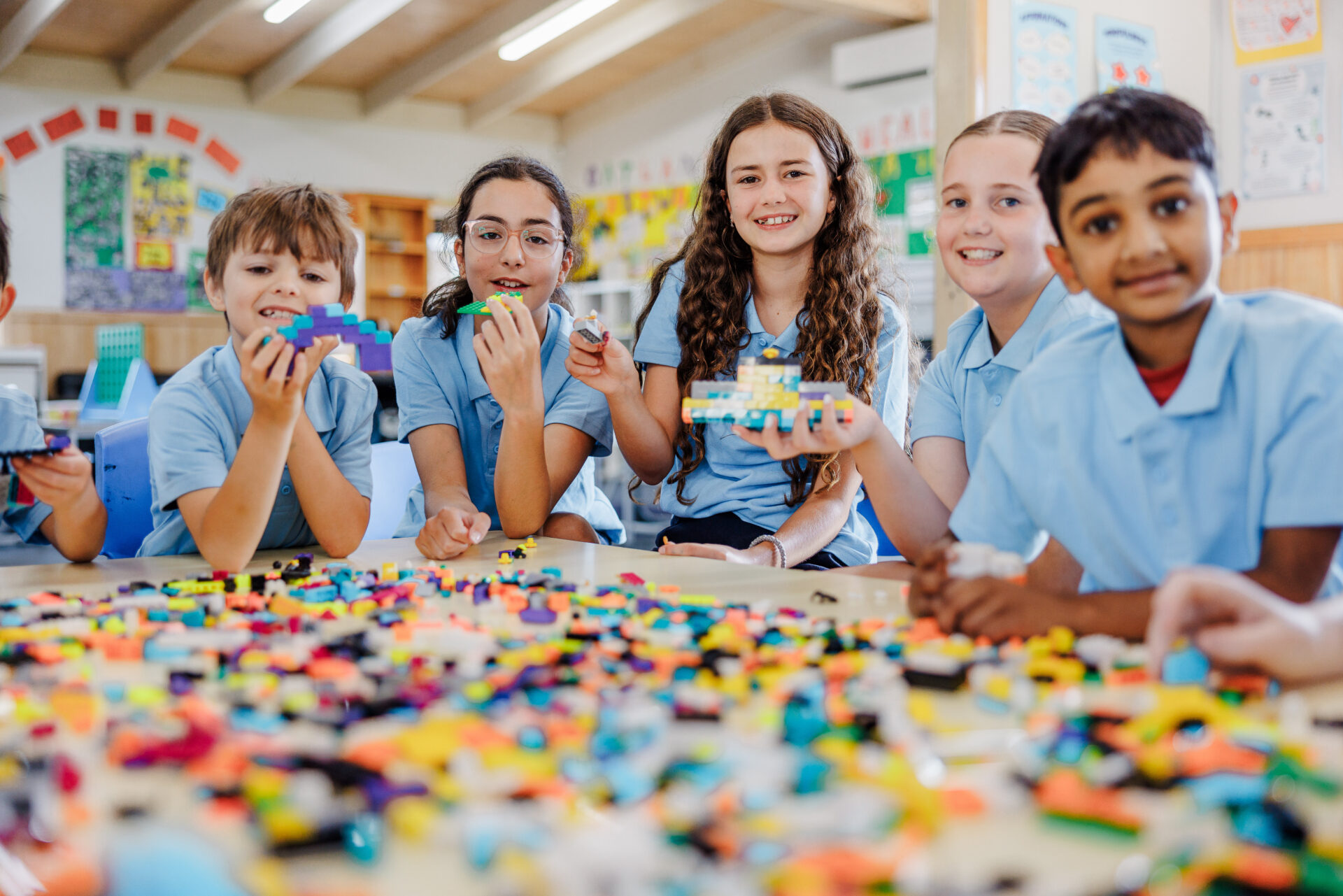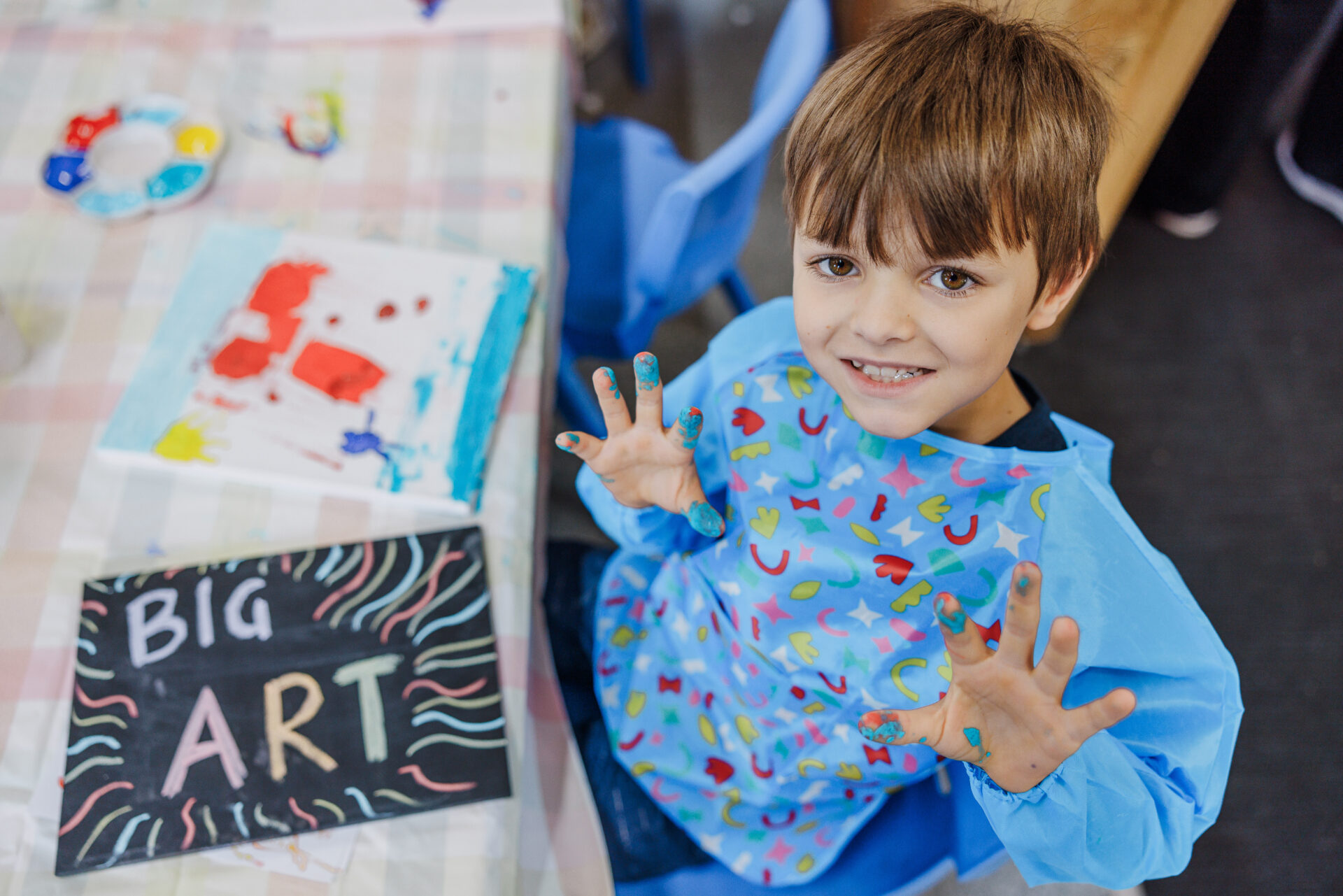By Dr. Gai Lindsay, University of Wollongong
When we value children as citizens with the right to experience “cultural and artistic life,” (Article 31, UNCRC) we will intentionally support them to engage in playful meaning-making, communication and self-expression through the arts. This requires that we provide children with quality visual arts materials that will make expressive and rich marks. Before expecting children to communicate and express their ideas through drawing, it is important to first provide them with repeated opportunities to ‘get to know’ the materials; to become familiar with the many expressive capacities of the materials and learn how to use them through experimentation, play, trial and error. The processes children engage in should be the primary focus, rather than the end goal being a pre-determined product designed by adults.
Learning to speak the language of art does not happen in one lesson or one encounter. Regardless of children’s age, ability or developmental level, experimental and playful ‘meetings with materials’ are an essential prerequisite to later artistic and creative expression. The adults working with children, whether parents or teachers, need to remember that;
“Through their marks, they (children) are communicating their ideas, expressing their feelings, developing their imagination and creativity, and testing their hypotheses about the world. These opportunities for making ‘thinking visible’ are fundamental to children’s learning and development and should be the entitlement of every child” (DCSF, 2008, p.4).
Choosing Art Materials
It is important to select high quality materials that are responsive and satisfying. Insipid and ineffective materials are both discouraging and frustrating. For example, the mark made by thick charcoal, pastels or inks is so much richer than the mark made by a cheap pale pencil. Similarly, large sheets of strong paper or cardboard provide more scope than small A4 sized paper. Take a look at the following videos about playful exploration with a range of mark-making arts materials; a good place to start to select quality materials to ensure children can learn what materials can do and how to use them.
Video 1: Mark Making demonstration
Video 2: Kitchen tracing to create a design to play with
Video 3: Time-lapse inspiration to create art from the kitchen utensil tracing
The following arts experience ideas are relevant for children and adults of ANY AGE. Remember, the goal is to first make marks and play with materials. The end products will all be unique because every child is unique.
Playing with Charcoal
Set out large sheets of paper or a long paper roll and provide children with thick willow charcoal, charcoal pencils and/or compressed charcoal. Encourage the children to make large swinging marks with their whole arms and body movements. Take inspiration from the work of Heather Hansen, a visual artist who combines performance and two-dimensional drawing by using her own body to create the artworks. Access a video about her art-making process here
Environmental Texture Rubbings
Go for a walk both inside and outside. Encourage children to search for a range of textures. Using crayons, charcoal or pastel chalks encourage children to work cooperatively, explaining that when they work together to hold the paper steady and take the rubbing, the results will be more effective. Try making texture rubbings of gravel, wood, tiles, leaves, bark, bumpy glass, smooth glass, raised signage). Combine the children’s collected textures in a large mural. This is particularly effective if choosing tones or colours that are complimentary, or if using all blacks and natural tones.
India Ink Explorations with Sticks and Water

India ink is a most wonderful medium with which to make fluid and delightful marks. This video offers some suggested ways to explore and make marks with sticks with or without water.
Observational Drawing with Fine Black Markers
When setting up a drawing experience with children, provide quality fine line black markers and thick cartridge or watercolour paper. Consider placing objects or images in the drawing space to encourage observational drawing or to act as a resource to inspire the focus of the drawing. Also, consider introducing quality watercolor tablets so that children can richly ‘colour-in’ their drawings using fine paintbrush and water (remembering that if painting over a blackline drawing it is best to use drawing pens that are waterproof rather than soluble.
TIP: While the process of play and exploration is the most important part of an art-making experience, if an end product or artwork is required, display children’s works respectfully and professionally. Trim the edges of the artwork (with the agreement and approval of the child) and mount the work on a board or in a frame. Another option is to prepare the paper with a paper tape shape or frame so that when the artwork is finished you can peel the paper tape away, leaving a professional blank border finish. Create an artist label, with the name of the artist, their age, the type of materials used and perhaps a quote from the child explaining their process or telling the story of the artwork.
And as you make art with children, remember:
“The world is made up of colours, lines, forms and textures. If your eye can take that in, if your hands can feel, if your spirit delights and if your mind can wonder, then you can develop an artistic way of looking and support children to do the same” (Lindsay, 2015, ECA online learning module).
References
Department for Children, Schools and Families (DCSF). (2008). Mark Making Matters: Young children making meaning in all areas of learning and development. Nottingham, UK. Accessed from https://foundationyears.org.uk/2011/10/mark-making-matters-%E2%80%93-young-children-making-meaning-in-all-areas-of-learning-and-development/
Lindsay, G. (2015). Visual art and creativity in your curriculum. Early Childhood Australia Learning Hub. Retrieved from http://learninghub.earlychildhoodaustralia.org.au/elearning/visual-art-and-creativity-in-your-curriculum/
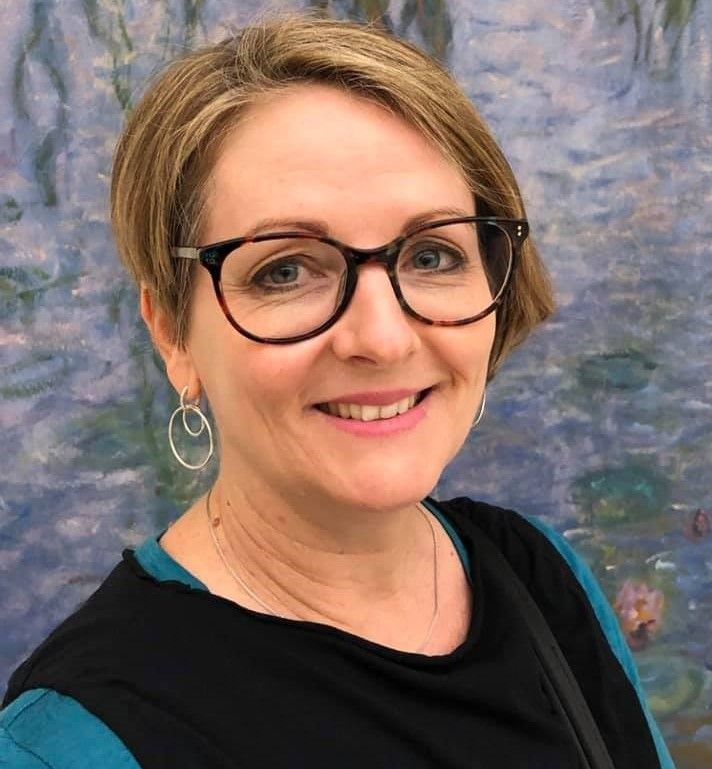
Dr. Gai Lindsay is a lecturer in The Early Years degree at the University of Wollongong. Her PhD explored the visual arts beliefs and teaching practices of educators in early childhood settings. Her research and teaching work focuses on visual arts education, arts-based learning and John Dewey’s philosophies of education and art. She is currently engaged on the advisory board of the Bright Start Foundation International Voices of Children initiative. Before entering academia, Gai worked for more than twenty years as a preschool teacher, director and early childhood consultant. Her goal is for all children and adults to experience the joy and satisfaction of meaningful ark-making and quality visual arts learning experiences.


